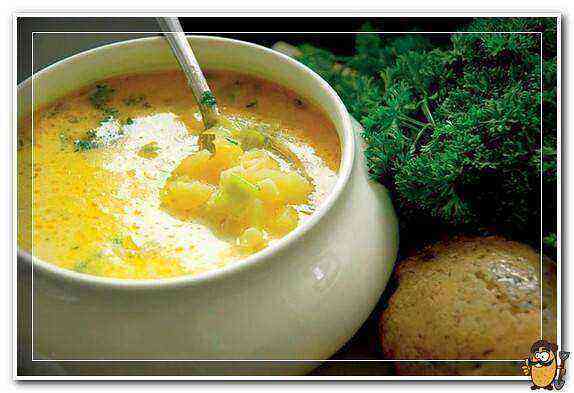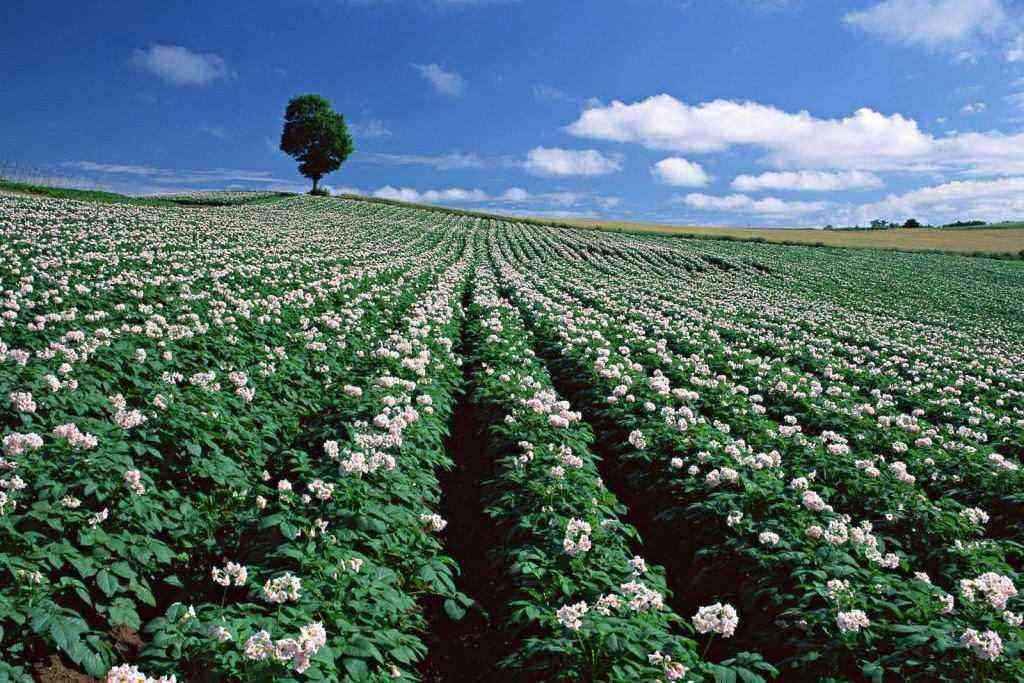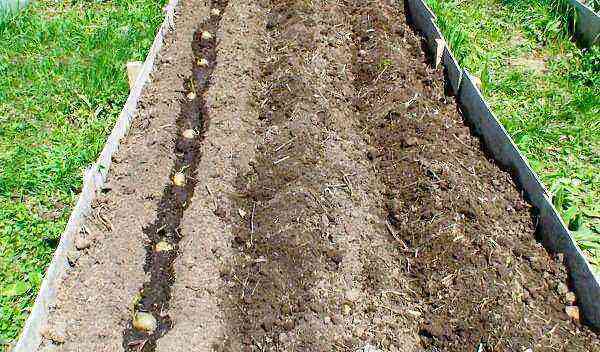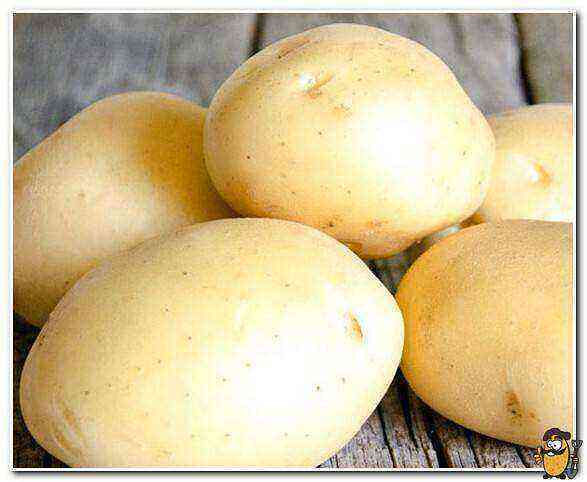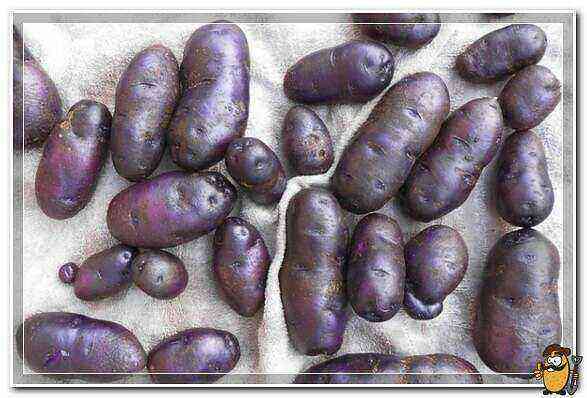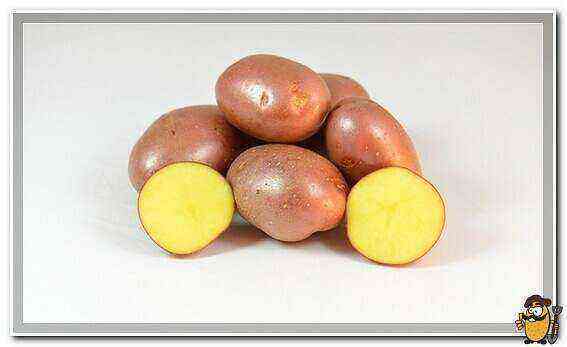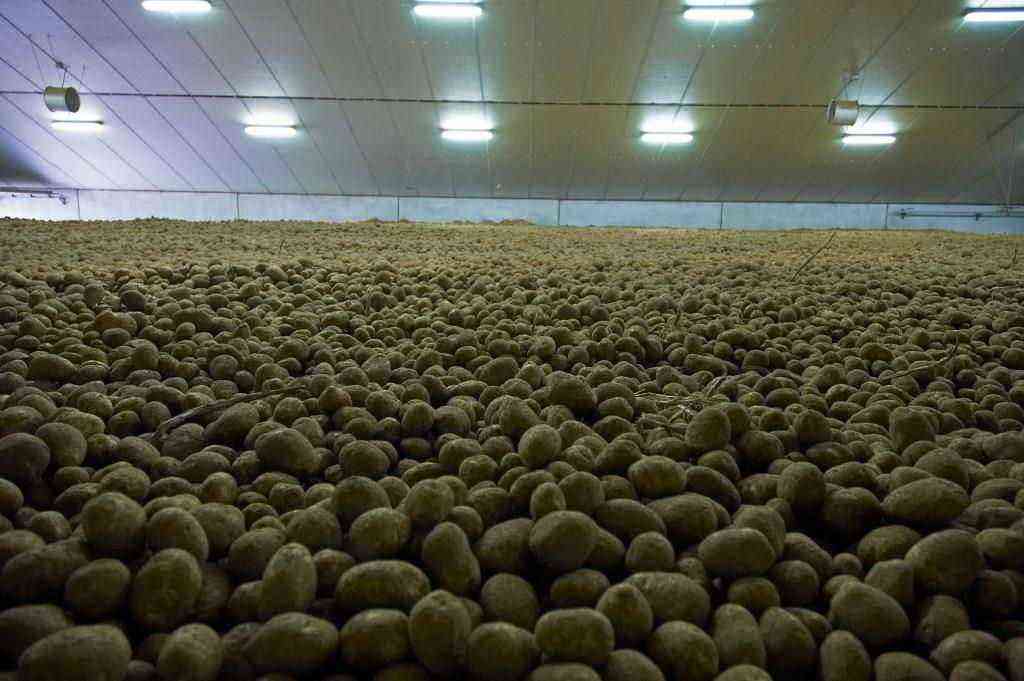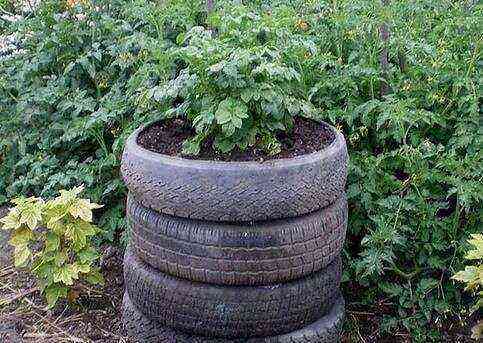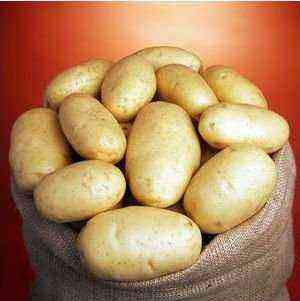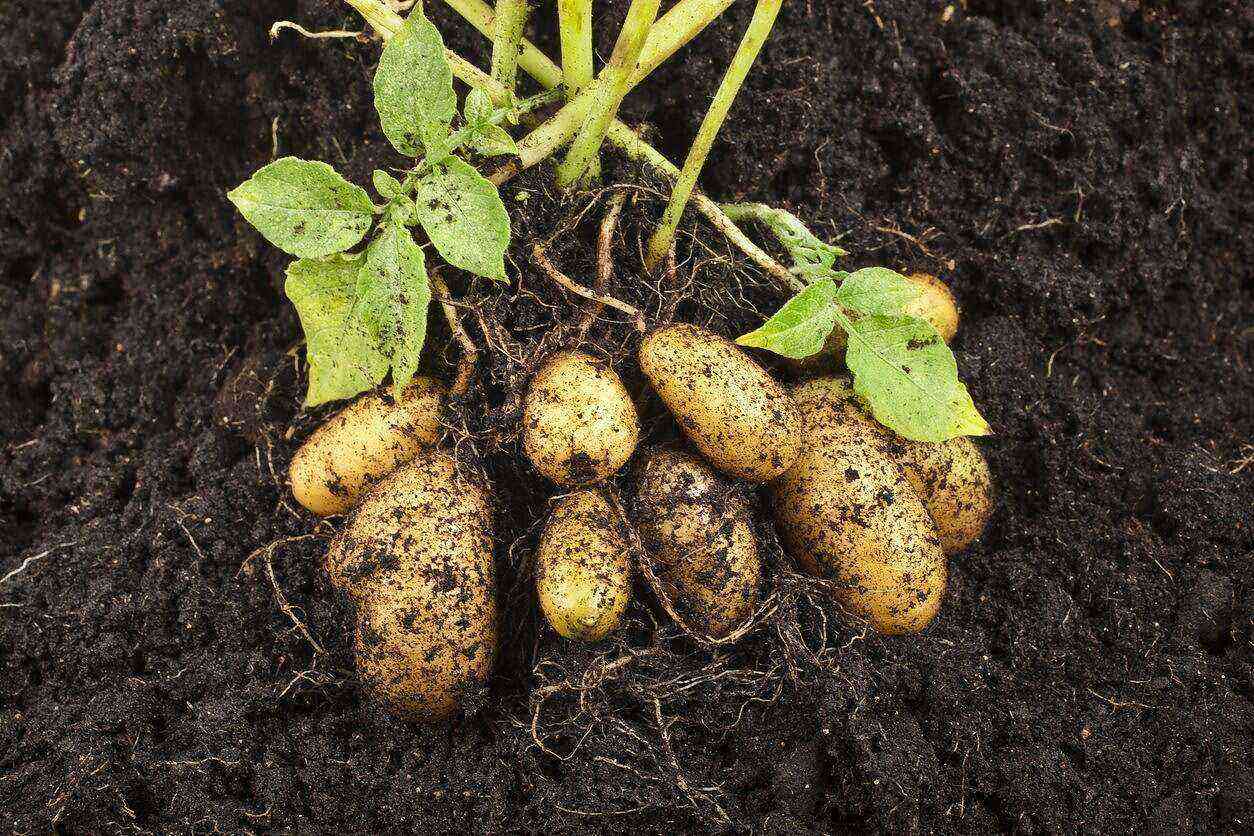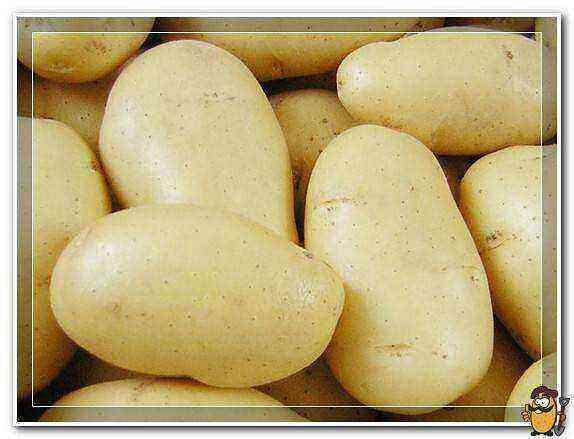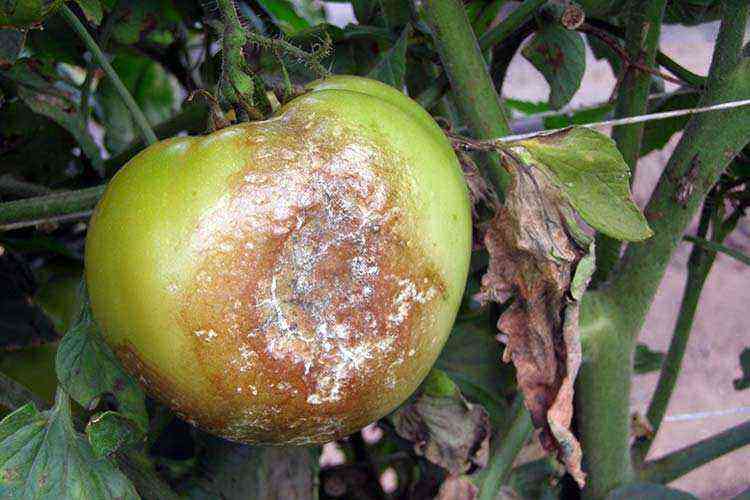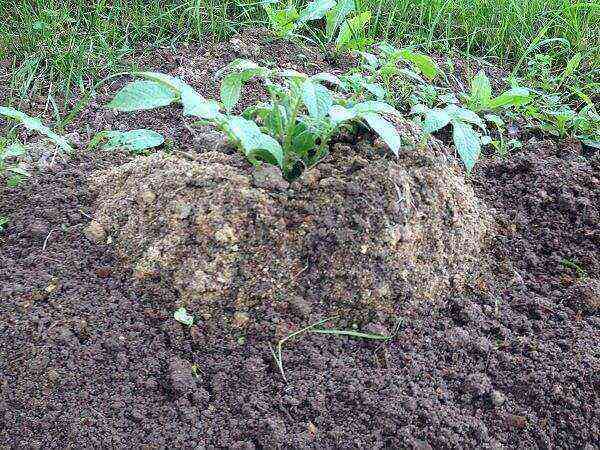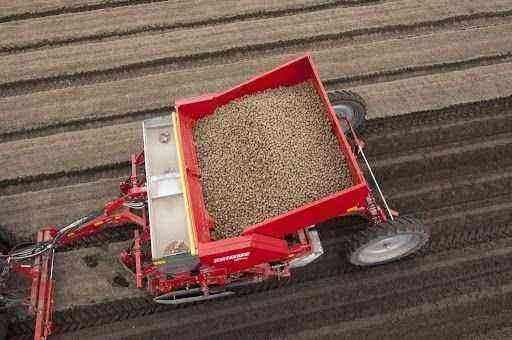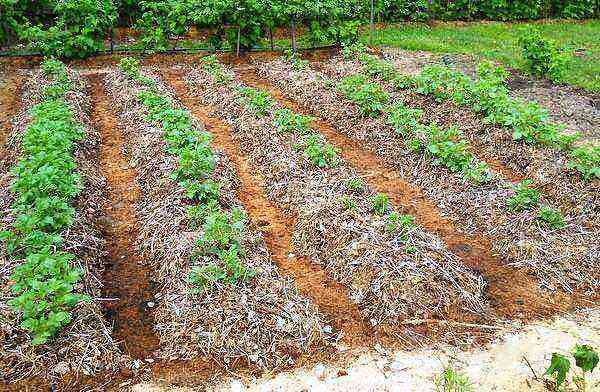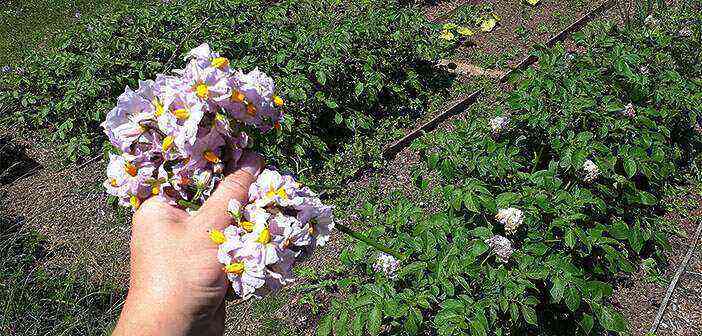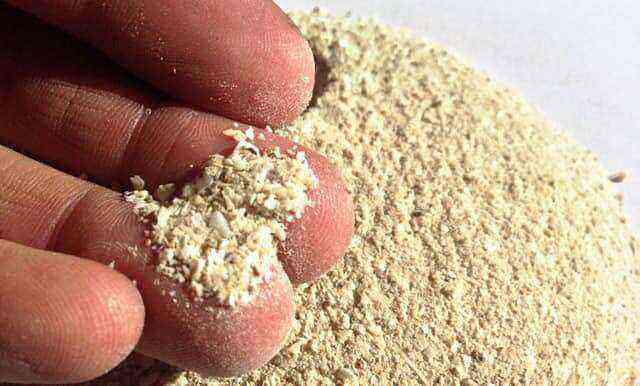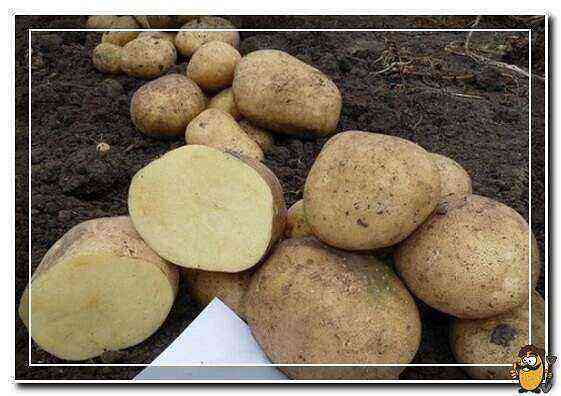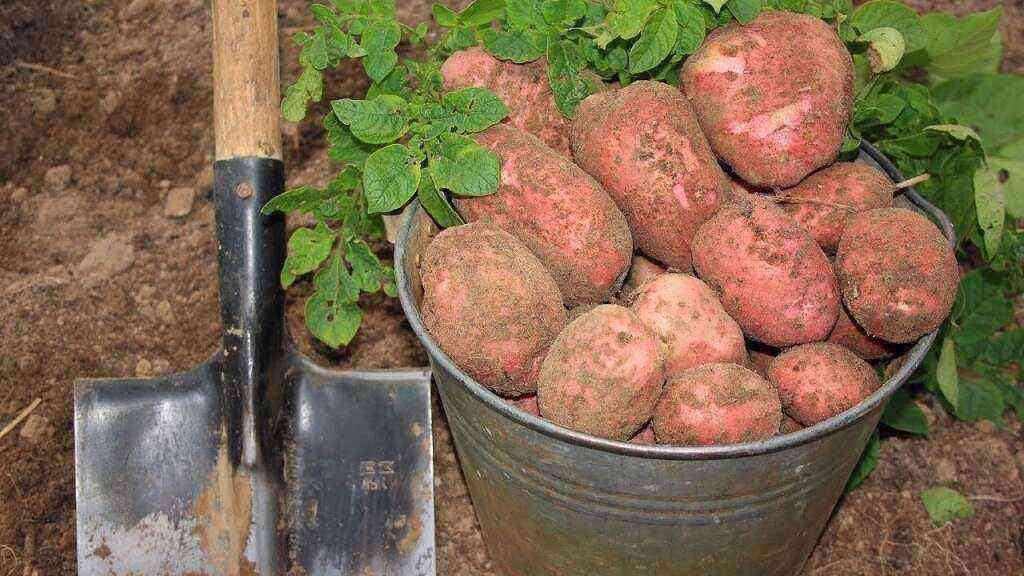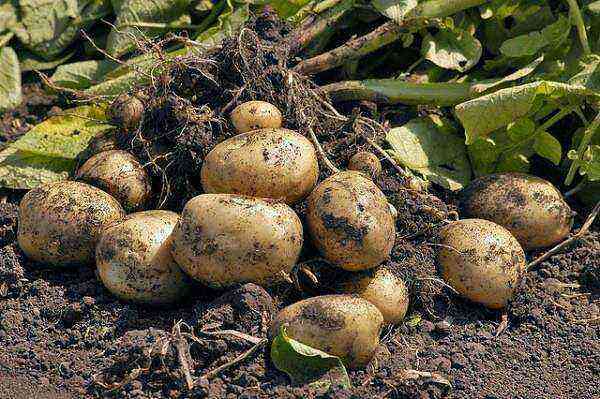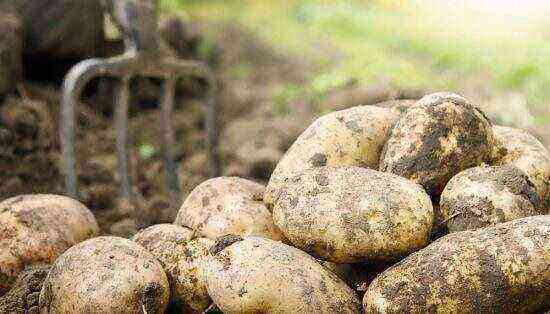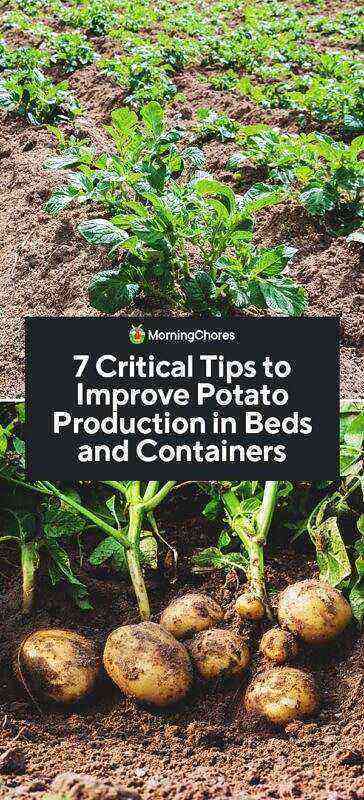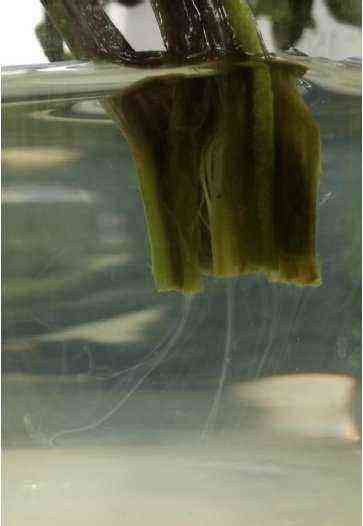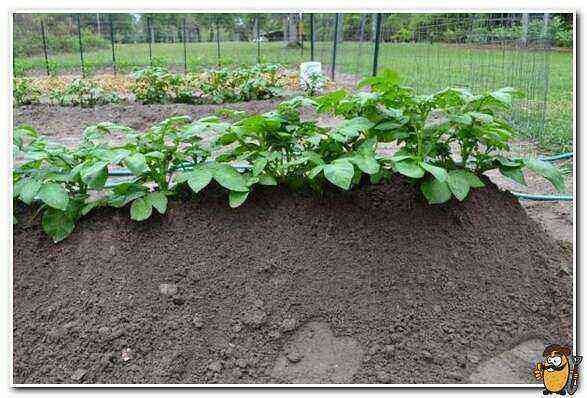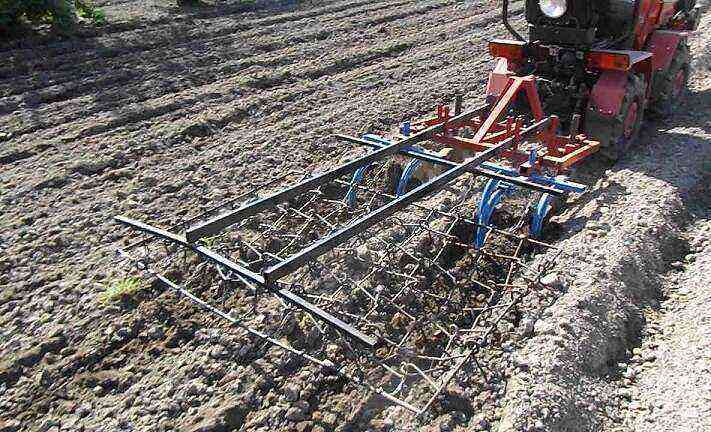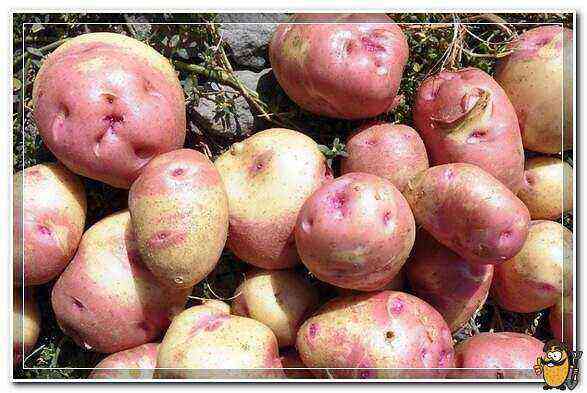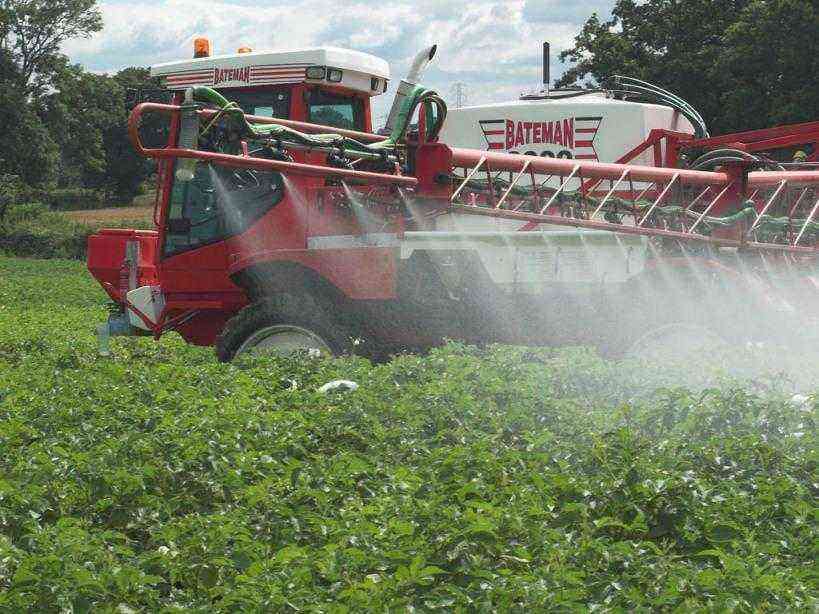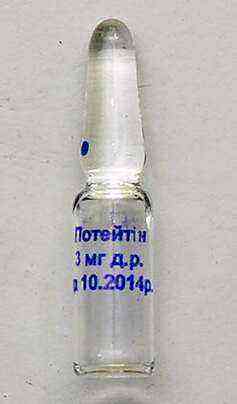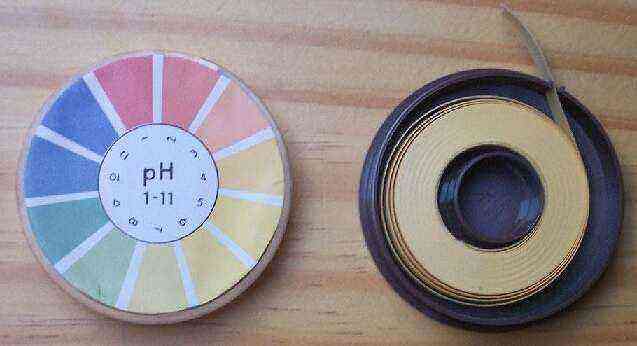Successful storage of potatoes in winter depends on proper harvesting, proper preparation of storage areas and proper storage of potatoes.
In addition, the keeping quality of potatoes and other vegetables largely depends on the conditions of their cultivation. It is known that phosphorus-potassium fertilizers accelerate the ripening of root crops and increase their resistance to diseases.
The resistance of vegetables to diseases during the growing season is highly dependent on the weather, especially in the pre-harvest period. For example, during a rainy warm autumn, fungal and bacterial diseases develop. Therefore, for winter storage, only perfectly healthy roots should be laid. There should be no wounds on their skin, through which infection easily penetrates.
When to harvest potatoes?
Drying of the tops is a sign of potato ripening. At this time, there is an intensive growth of tubers. Therefore, you should not rush to harvest before the tops dry out. But during the rainy season, the tops can remain green. Then, 2 weeks before harvesting, the tops should be cut so that stems 10–12 cm high, without leaves, remain. This will strengthen the peel and reduce the risk of mechanical damage during harvesting and storage, as well as prevent the transfer of fungal infections from the tops to the tubers.
We recommend reading the article on the timing of harvesting potatoes, depending on the variety.
It is recommended to dig potatoes on a sunny day… The dug potatoes are laid out on burlap or paper (not on the ground). The tubers should lie down and dry so that the earth crumbles from them.
You should not clean the soil from the tubers with your hands, so as not to damage the peel. But potatoes cannot be kept in the sun for a long time, otherwise they may turn green. Therefore, the tubers are covered with burlap or placed under a canopy.
Seed potatoes
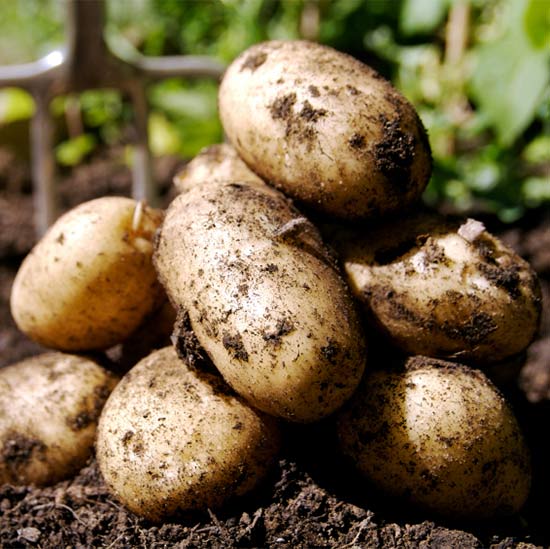
When harvesting potatoes, it is important not to forget to select seed potatoes… Recall that it is taken from the most productive nests, the weight of these tubers is 50-60 g. If there is at least one sick tuber in the nest, and the rest are healthy, then tubers are not taken from such a nest for seeds. Even the uterine tuber should not be rotten.
Selected tubers are scattered to dry in a separate place. Before laying in storage, seed tubers are well greened in diffused sunlight, but not in direct light for 7-10 days, periodically turning over. Then the tubers are carefully sorted out, removing tubers with the slightest signs of any disease, as well as mechanically damaged ones.
Sorting potatoes
Particular attention should be paid to damage to potatoes by late blight. This happens when potatoes are grown for many years in the same place. Then, causative agents of various diseases, including late blight, accumulate in the soil. If this disease appeared on the site, then seeds should not be taken from such potatoes, the disease can reappear under unfavorable conditions.
Another word of caution about what not to do. Vegetable growers often put the dug up potatoes in one pile, and then select the seed material from it. In this case, tubers from low-yielding bushes, as well as from bushes where there was a diseased tuber, can get into the seeds.
So, the dug out potatoes are dried for 1-2 hours, lying on the burlap. Then the tubers should be sorted, large tubers will be laid for storage, and small ones with damaged skin will be eaten in the near future.
If the potatoes on the day of harvesting did not manage to be taken out, they cover them overnight with dry leaves, straw, hay, mats, but in no case with tops, since pathogens of any diseases can pass from it to the tubers. The tops should be burned after harvesting.
When storing, special attention is paid to the integrity of the skin of the tubers… It can be damaged by placing potatoes in buckets or carrying bags, spilling out of them, etc.
Tubers with damaged skins generate more heat and moisture during storage, as their respiration is more intense. At the same time, foci with an increased temperature will appear in the stored mass of potatoes, such potatoes begin to germinate earlier, and in such foci potatoes are more easily affected by pathogens, and various rot may occur, for example, wet and dry rot. therefore potatoes should not be emptied into storage from bags… Better to take some time and shift it gently with your hands (with soft gloves).
Tubers can be mixed with green rowan leaves in a ratio of 5: 1, with dry plants of bitter wormwood or whitewash in the same ratio.
You can moisten the tubers with daily infusion of dream, wormwood and tobacco, taken in equal proportions. Consumption rate of infusion: 3-4 liters per 1 ton of potatoes.
Storage preparation and storage

A vegetable storage room is prepared in advance. They are cleaned of last year’s residues and disinfected 15–20 days before laying vegetables. You can use a solution of bleach, taking 400 g per 10 liters of water.
For whitewashing, a solution of freshly slaked lime is used, while taking 1,5-2 kg of lime per 10 liters of water and adding 100 g of copper sulfate. After whitewashing, the room must be well dried. Containers for storing vegetables are also well disinfected and dried, and fresh sand is used.
Lay in storage only mature tubers… A sign of full maturity is the easy separation of tubers from stem shoots. With early harvesting, the skin of the tubers is thin, it peels off easily. Such potatoes do not store well. When harvested late, tubers can crack and infection can enter the cracks.
Cellars and other storage places for potatoes 1 month before harvesting are disinfected with a 2% solution of copper sulfate or smoke from dry plants of bitter wormwood or tansy.
For storing potatoes, you can organize a cellar on the balcony. The storage frame is built depending on the amount of vegetables. To do this, you can use old furniture, the remains of furniture packaging, picked up in the yard. The walls are made double from plywood, chipboard, etc.
Insulation is laid between the walls: foam plastic, glass wool, other materials, 5–8 cm thick. The bottom and the lid are also insulated. The heater is a 25-100 watt light bulb. The light is switched on by a control circuit, for example, a contact thermometer and a relay when the temperature inside the container drops below + 1 … + 2 °.
During autumn and winter, the temperature in the room is maintained from 0 ° to + 2 °, since the increased temperature, as you know, increases the respiration of vegetables, leads to the evaporation of their moisture. This weakens vegetables and leads to various diseases. A decrease in temperature leads to freezing and spoilage of vegetables.
In storage facilities, it is important to control air humidity. High humidity speeds up the release of tubers from dormancy, and diseases develop more intensively. To reduce moisture in the storage, you can install plastic containers with quicklime. But too low humidity will damage the tubers, as they become dehydrated.
The thickness of the layer of tubers in potato compartments should be no more than 1,5 m. Potatoes are better stored together with plants that emit phytoncides, they suppress rot pathogens.
